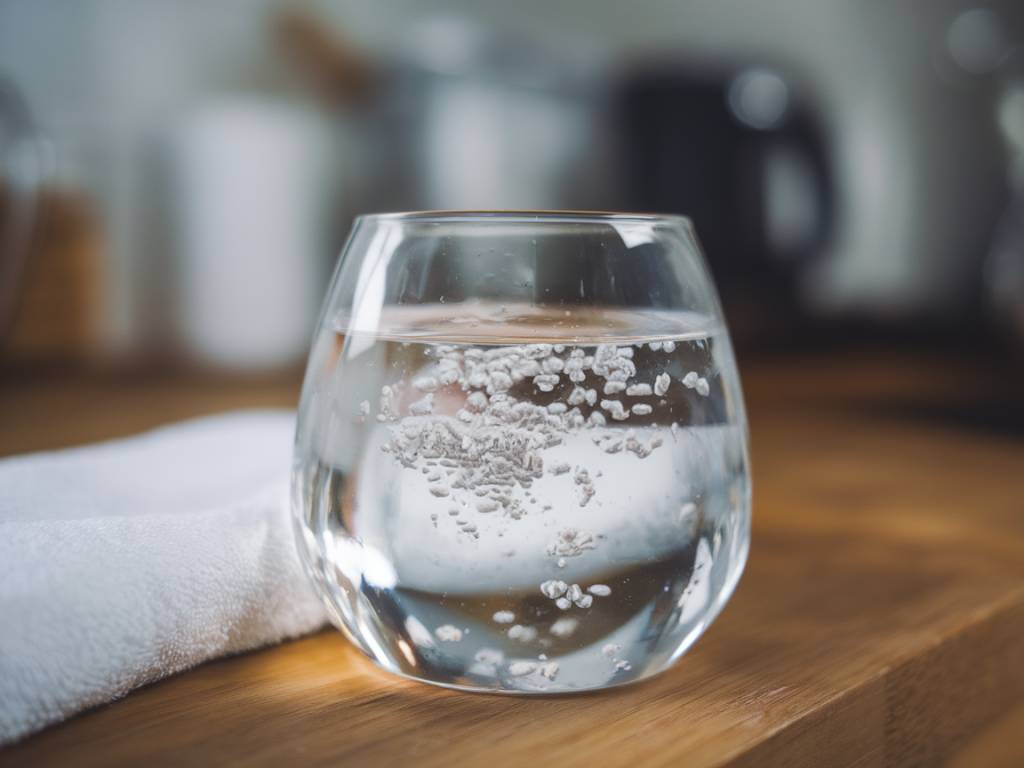Understanding Microplastics: A New Challenge for Our Drinking Water
Imagine yourself in the comfort of your home, enjoying a refreshing glass of water. It’s something we often take for granted. But what if this seemingly innocent everyday act hid invisible threats? Enter microplastics—tiny plastic particles less than five millimeters in size—that have silently infiltrated our drinking water sources worldwide.
The journey of microplastics into our drinking water begins with the staggering amount of plastic waste polluting our environment. Whether from discarded plastic bottles, bags, or synthetic textiles, these materials break down over time, reaching our water systems. But how exactly does their presence impact our health? Below, we delve into the potential risks and why it matters to each of us.
The Invisible Risks: How Microplastics Enter Our Water Supply
Microplastics are the by-product of a world heavily reliant on plastic. The degradation process is accelerated by sunlight, mechanical forces, and even the action of microorganisms. As these small particles journey through rivers, lakes, and oceans, they eventually end up in our drinking water.
Once in the water, microplastics are carried through traditional filtration systems, as these tiny particles are often too minute to be captured effectively. This means that even treated water may still contain them, posing a silent and enduring presence in our homes. But should we be concerned, and how exactly can these particles affect us?
Health Concerns: What Science Says About Microplastics
Scientific research into the health effects of microplastics is still in its infancy but growing rapidly. What we do know, however, raises several red flags. For instance, microplastics can carry harmful pollutants like pesticides, heavy metals, and persistent organic pollutants absorbed from the environment.
Moreover, being synthetic, microplastics may cause inflammatory or immune reactions if they penetrate body tissues. Animal studies have shown that ingesting these plastics can lead to detrimental effects on the liver, kidney, and intestines. While it’s unclear whether these results directly translate to humans, the potential risks warrant careful consideration.
So, how do we navigate these concerns in our day-to-day lives? Is there a way to minimize exposure and protect our health? Let’s explore some practical and insightful strategies that align with sustainable living practices.
Practical Tips: Reducing Microplastic Intake
- Filter Your Water: Consider installing a high-quality water filtration system at home. Look for filters that specifically mention their effectiveness against microplastics, such as those using activated carbon or reverse osmosis technologies.
- Reduce Plastic Use: A significant way to combat microplastic pollution is to cut down on plastic usage. Opt for reusable water bottles made from glass or stainless steel, and choose natural fiber clothing to reduce synthetic microfibers shedding during laundry.
- Stay Informed: As research evolves, staying current on findings about microplastics and their health implications is crucial. Engage with scientific literature, news articles, and public advisories to make informed choices.
Addressing the microplastic challenge calls for individual actions, but also larger systemic changes. Governments, industries, and communities must collaborate to innovate and implement effective solutions, reinforcing our collective commitment to healthier lifestyles and ecosystems.
Toward a Healthier Future: Collective Actions and Innovations
The broader environmental impact of microplastics serves as a wake-up call. It’s more than a personal health issue; it’s a reflection of our planetary health. Tackling this concern involves rethinking plastic production, waste management, and even our consumer habits.
Innovative efforts are underway, from developing biodegradable plastics to engineering advanced filtration techniques capable of trapping tiny pollutants. These advancements, along with stronger policies around plastic usage and waste, can significantly reduce our exposure to microplastics.
There’s a world of opportunity for those passionate about sustainable solutions—as both innovators and collaborators—to contribute to cleaner water sources globally. By fostering a community of conscious consumers, we can significantly impact how we address environmental challenges.
Ultimately, safeguarding our drinking water from microplastics is not just about eliminating present risks. It’s about ensuring a healthier future for generations to come, drawing a line in the sand and saying, unequivocally, that our health and our planet matter.
So, the next time you take a sip of water, reflect on its journey from nature to your glass. Let’s stay curious, informed, and proactive in demanding and supporting cleaner, safer water for all.

